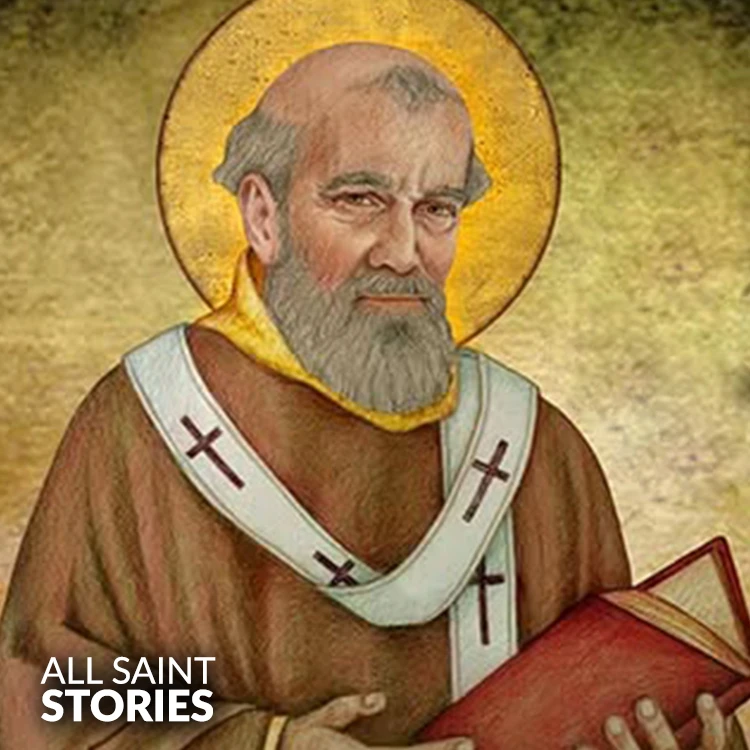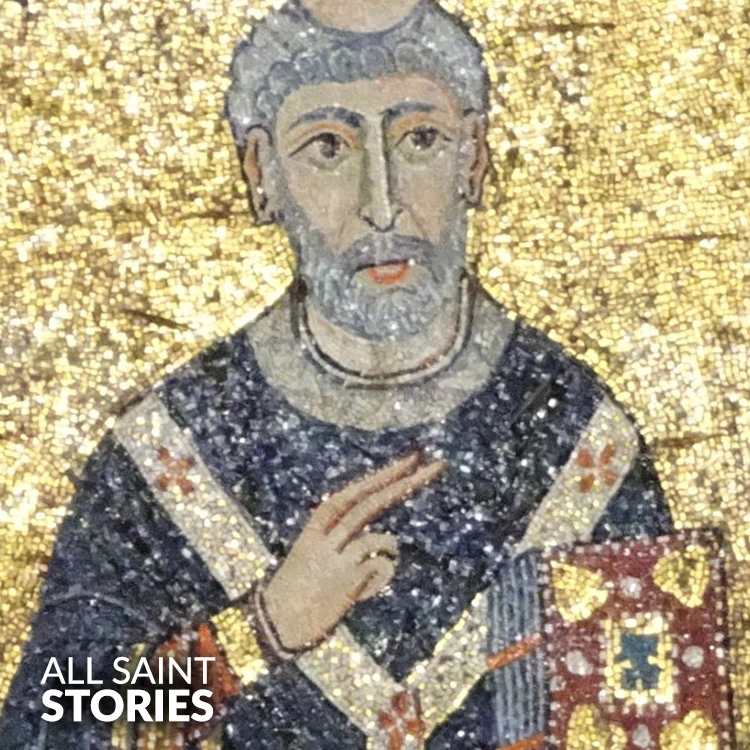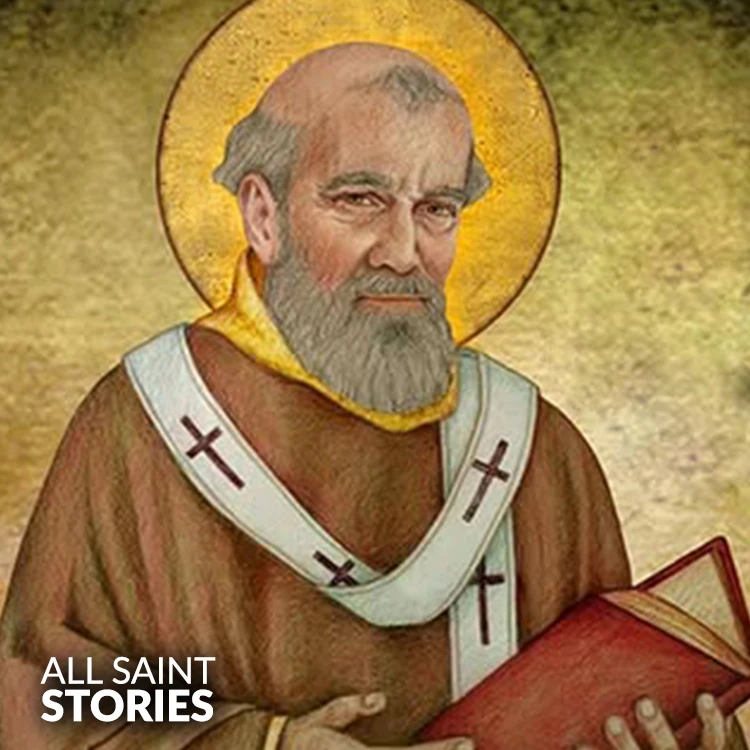Saint Callistus I, faithful servant of Christ, who guided the early Church with courage and wisdom, pray for us that we may remain steadfast in our faith, and that we may always seek reconciliation and peace, just as you did in your ministry. Help us to live humbly and with compassion toward one another, following the example of your dedication to Christ. Amen.
ST. CALLISTUS I (POPE)
ST. CALLISTUS I (POPE)

St. Callistus I was a Pope in the early Christian Church who is known for his work to unify and strengthen the Church during times of persecution. He is recognized for his martyrdom and for his role in overseeing the administration of the Church during a time of great difficulty.
St. Callistus I served as Pope from 217 to 222 AD, and he is recognized for his leadership during a time of persecution and political unrest in the Roman Empire. His papacy was marked by significant efforts to unify the early Christian community, which was often divided by internal disputes and external pressures. St. Callistus is also remembered for his contributions to Church teachings, particularly in relation to penance and the forgiveness of sins.
St. Callistus was born into a slave family, and his early life was difficult. Little is known about his early years, but he was initially involved in some form of dispute that led to his imprisonment. After his release, he was appointed as a deacon in the early Christian community in Rome. He became closely associated with Pope Zephyrinus, who made him responsible for overseeing the distribution of alms and other charitable works.
One of his most significant actions was his role in organizing the Christian community's funerals and burial places, and he became responsible for the Catacombs of St. Callixtus. This became an important burial site for many early Christians, especially martyrs, and it remains a major place of pilgrimage today.
As Pope, St. Callistus I had to navigate a time of intense persecution of Christians. He is known for his efforts to provide guidance and comfort to the faithful who were enduring persecution under the Roman Emperor Carus. St. Callistus advocated for reconciliation within the Church, especially when it came to Christians who had lapsed in their faith due to fear of persecution. He is credited with introducing a more lenient policy of reconciliation, allowing those who had committed serious sins to return to the Church after doing penance.
St. Callistus’s papacy was also marked by his defense of the doctrine of the Trinity. He worked to promote a clearer understanding of the relationship between the Father, Son, and Holy Spirit, and his teachings were integral to the development of early Christian doctrine.
Despite his efforts to unify the Church, St. Callistus’s papacy was not without controversy. He faced opposition from some of the Church's more conservative factions, especially concerning his position on the reconciliation of lapsed Christians. Despite the challenges, St. Callistus remained dedicated to his role as Pope, constantly striving to guide the faithful with compassion and care.
St. Callistus I’s papacy ended in 222 AD, when he was martyred, although the exact details of his death are not definitively known. Some accounts suggest that he was executed during a time of persecution under the Roman Emperor Alexander Severus, while others propose that he was killed during a riot in Rome.
After his death, St. Callistus I was buried in the Catacombs of St. Callixtus, and his tomb became a place of veneration for early Christians. He was later recognized as a martyr and was honored with a feast day on October 14th, the day of his death.
Today, St. Callistus I is remembered as a martyr and a Pope who dedicated his life to the service of the Church. His leadership during a turbulent time for Christians and his advocacy for reconciliation and mercy continue to inspire the faithful.
Video Not Found
The information on this website is compiled from various trusted sources. While we aim for accuracy, some details may be incomplete or contain discrepancies.
If you notice any errors or have additional information about this saint, please use the form on the left to share your suggestions. Your input helps us improve and maintain reliable content for everyone.
All submissions are reviewed carefully, and your personal details will remain confidential. Thank you for contributing to the accuracy and value of this resource.
Credits & Acknowledgments
- Anudina Visudhar (Malayalam) – Life of Saints for Everyday
by Msgr. Thomas Moothedan, M.A., D.D. - Saint Companions for Each Day
by A. J. M. Mausolfe & J. K. Mausolfe - US Catholic (Faith in Real Life) – Informational articles
- Wikipedia – General reference content and images
- Anastpaul.com – Saint images and reflections
- Pravachaka Sabdam (Malayalam) – Saint-related content and insights
We sincerely thank these authors and platforms for their valuable contributions. If we have unintentionally missed any attribution, please notify us, and we will make the correction promptly.
If you have any suggestion about ST. CALLISTUS I (POPE)
Your suggestion will help improve the information about this saint. Your details will not be disclosed anywhere.
© 2025 Copyright @ www.allsaintstories.com



 English
English
 Italian
Italian
 French
French
 Spanish
Spanish
 Malayalam
Malayalam
 Russian
Russian
 Korean
Korean
 Sinhala
Sinhala
 Japanese
Japanese
 Arabic
Arabic
 Portuguese
Portuguese
 Bantu
Bantu
 Greek
Greek
 German
German
 Dutch
Dutch
 Filipino
Filipino